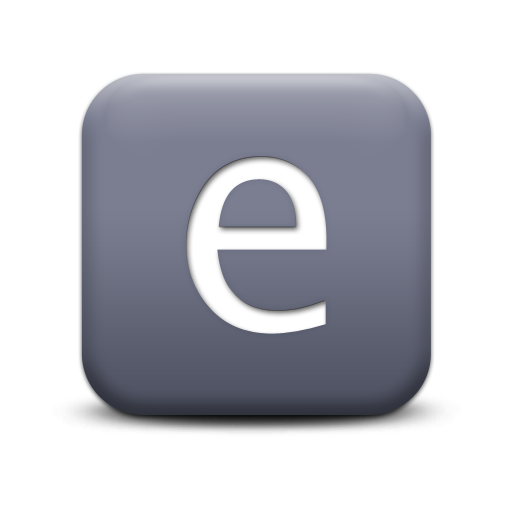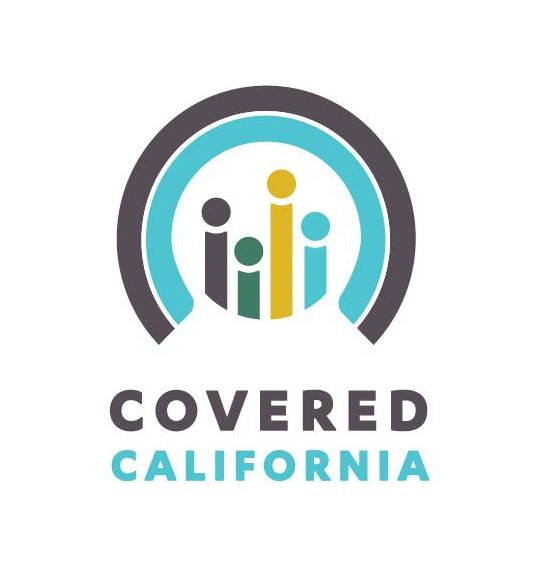Phrases Made Easy: “Full Time Equivalent Employees”
Welcome back to another edition of “Phrases Made Easy.” This series at our blog aims to help make all of those long, drawn-out insurance phrases easier to understand. One thing we notice when talking about health insurance (and health benefits in general) is that the concepts can be “wordy” and boring. We emphasize fixing that here! Our biggest goal is to help you tune in, understand, and put this knowledge to work for yourself or your company. We’re firm believers that informed consumers can make a really-really big difference in our industry.
Here we go: today’s phrase is “Full Time Equivalent Employees.” *Note: this is a SUPER important concept for employers with regard to healthcare reform. That’s the overwhelming reason we picked this phrase today. You’ll want to understand this one in 2013 (ie: BEFORE 2014 gets here). So highlight it, share it, pass it along, circle it in red, underline it, etc. Do what you need to do to make sure that you “get it”… and help others get it too.
Phew… after that, you’re wondering: “WHY is this one so important?” That’s the best question we’ve heard all day. Here’s why:
- “Full Time Equivalent Employees” is extremely important because it is the sole factor in healthcare reform that determines which employers are mandated to provide health insurance coverage, and which employers are not mandated to provide health insurance coverage.

As a business owner, this is one that can cost you money if you don’t get it right (ie: tax penalties that can be fairly sizable). We won’t get into details here, but we’re talking thousands of dollars (and in larger cases, even hundreds of thousands of dollars). You want to make sure that you get this one right so that you’re: A) avoiding tax penalties, and B) planning correctly and efficiently. That’s why there’s more of a sense of urgency in this post.
Question: What are “Full Time Equivalent Employees?”
Answer: Full Time Equivalent Employees (FTE) are employees that do not work full-time (defined as 30 or more hours per week) in your business or organization, but do count towards the full-time equivalent employee count. In other words, YES… part-time employees do count towards your overall employee grand total.
Question: Why is this so important when it comes to healthcare reform?
Answer: As mentioned above, the “Full Time Equivalent Employee” count is what matters when deciding which employers are mandated to provide health insurance coverage to their employees. Furthermore, employers with 50 or more “full time equivalent employees” must provide adequate health insurance coverage to their employees.
Question: OK got it. So how do I calculate how my part-time employees count towards this “full time equivalent employee” total?
Answer: The following is an example of how this is calculated. For sake of simplicity, this example uses part-time employees that work year round (seasonal employees working 120 days per year or less do not count towards the employee count). Here you go:
————————————————————————————————————
ABC Corp has 42 full-time employees (each working +30 hours per week)
ABC Corp also has 18 part-time employees (these 18 employees work 15 hours per week)
To calculate part-time workers’ full-time equivalent status, you add up all of the part time employees’ monthly hours, and divide by 120. So in this example:
- 18 part-time employees x 15 hours per week = 270 total part-time hours per week in the company.
- Then, 270 part-time hours x 4 weeks in the month = 1080 part-time hours per month in the company.
- So, 1080/120 = 9
In this example, this company has 9 additional “full-time equivalent employees” through their part timers. Add 9 to your full-time employees (42+9), and you have 51 FTE employees. So although they only have 42 full time employees, they have 51 “full-time equivalent employees” based on their part-timers’ hours, and would be required to provide coverage.
————————————————————————————————————
The moral of the story: part-time employees DO count towards your employee grand total, when you apply the phrase “Full Time Equivalent Employees.” If you have further questions about this concept please contact us any time. It’s extremely important for businesses that are at (or near) 50 “Full Time Equivalent Employees” status to understand it. Please share this blog post with companies you think would find this information important.
Thanks for stopping by, we hope you found our information to be valuable. Check back at our blog to get further information about funding healthcare. Also, please share with your friends, clients, colleagues, and family. Here are a few of our other information outlets:
Home Page: https://policyadvantage.com
Twitter: http://www.twitter.com/PolicyAdvantage
Facebook: http://www.facebook.com/PolicyAdvantage
YouTube: http://www.youtube.com/PolicyAdvantage
Pinterest: http://www.pinterest.com/PolicyAdvantage
Word Press: http://www.policyadvantage.wordpress.com








 The visualization mentioned above is similar to the components that work with a High Deductible Health Plan (HDHP). There are four things that usually work in the system:
The visualization mentioned above is similar to the components that work with a High Deductible Health Plan (HDHP). There are four things that usually work in the system: